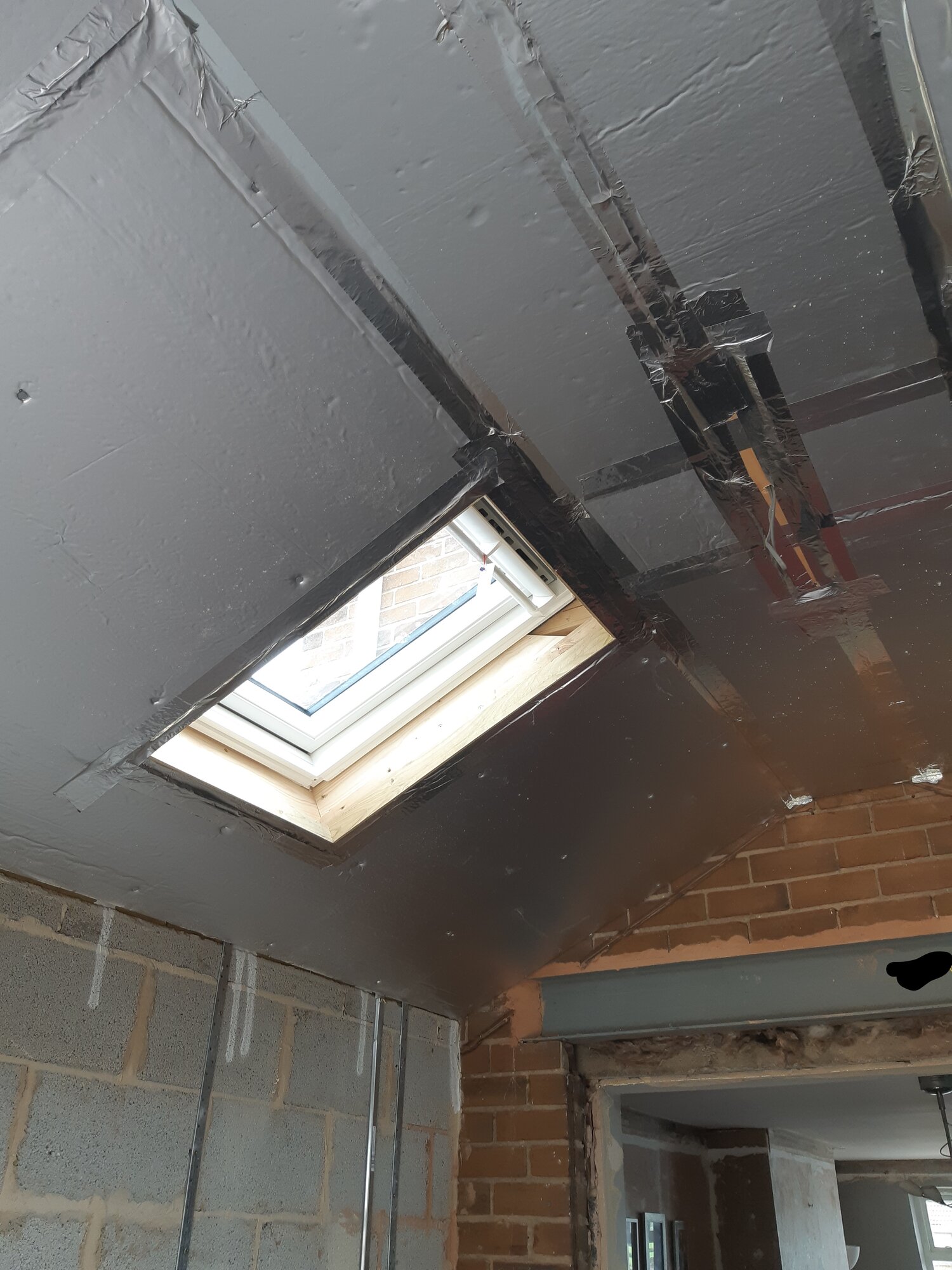The builders merchants I use as price reference charge £38 quid for a 9.5mm board glued to 40mm insulation, or £26 for a sheet of 40mm PIR and £9 for a 12.5mm TE plasterboard, so price wise seem about the same. Shop around?
The bonded boards are intended for sticking to brick/block walls; you don't really get plasterboard fixings longer than about 75mm without paying ridiculous money (and they don't fit a gun) so you don't tend to screw sheets thicker than 50mm, but if it's a brick n block with a clear cavity, or some other low insulation makeup, the building inspector might be asking for thicker insulation on the inside to make up the thermal envelope, in which case you either need prebonded insulated plasterboard or you mess around bonding insulation to the wall then plasterboard to the insulation - more costly than the £1 uplift for a bonded board vs separates and definitely a pain to find bondable sheets
Perhaps worth pointing out that depending on the spacing of your rafters you might be looking at 15mm plasterboards too, which might bring things on par price wise.
If we're splitting hairs, the rigidity of a thin sheet of plasterboard stiffened by bonding insulation to it means for any given 50mm sandwich, you could get slightly more insulation in a 10mm plasterboard bonded to 40mm PIR than separate 15mm plasterboard plus 35mm PIR (plus, you don't get 35mm PIR so you're either using 30mm, or you're using 40mm for a 55mm make up meaning your 75mm fixing is holding 15mm of board on by 20mm of thread; it's a bit short for the rule of thirds) so bonded board does make sense in some ways; you'd never install 10mm plasterboard on 600mm rafters but you could if it were bonded to PIR
ps; double check what you're getting -
Wickes charge 78 for a sheet of XPS bonded board, or 52 for a sheet of PIR plus 12 for a plasterboard. Not only is one getting shafted for a big price uplift (78 vs 64, though the extra 14 per sheet might be a relative drop in the ocean compared to the project cost), the bonded board is polystyrene, which has a thermal conductivity 50% worse than a PUR/PIR separates option. If you happen upon a place that seems to have bonded boards being cheaper, the worse thermal performance will mean you pay more in the end




